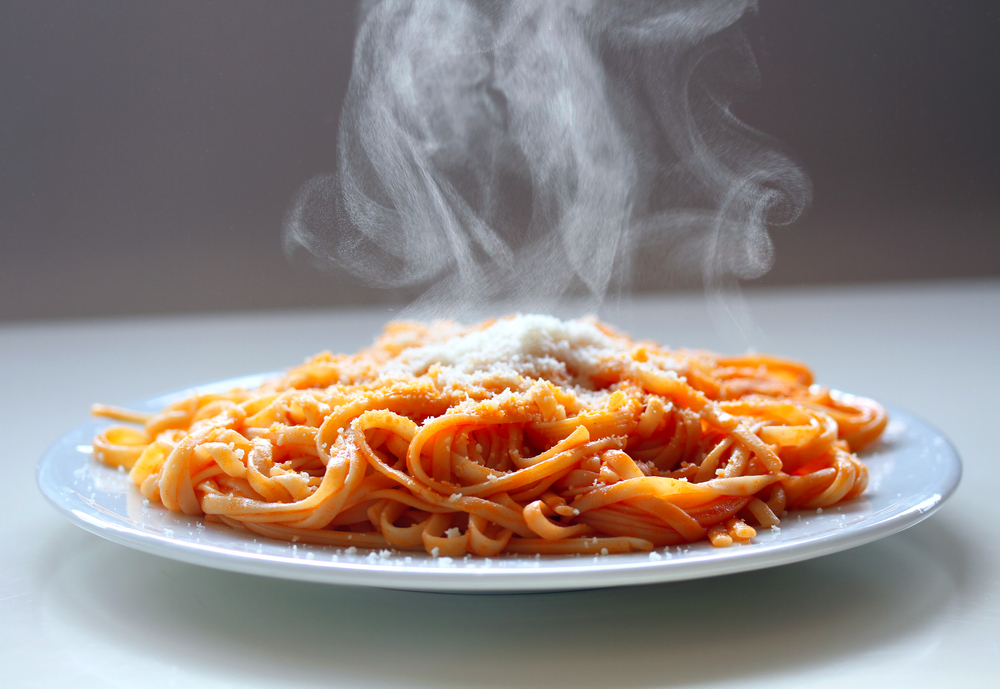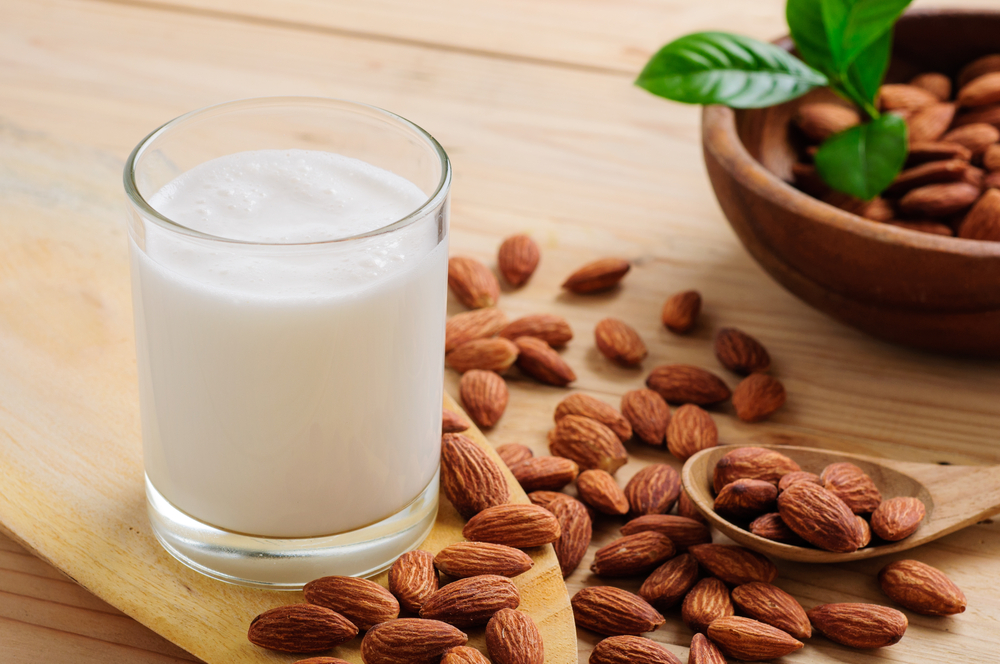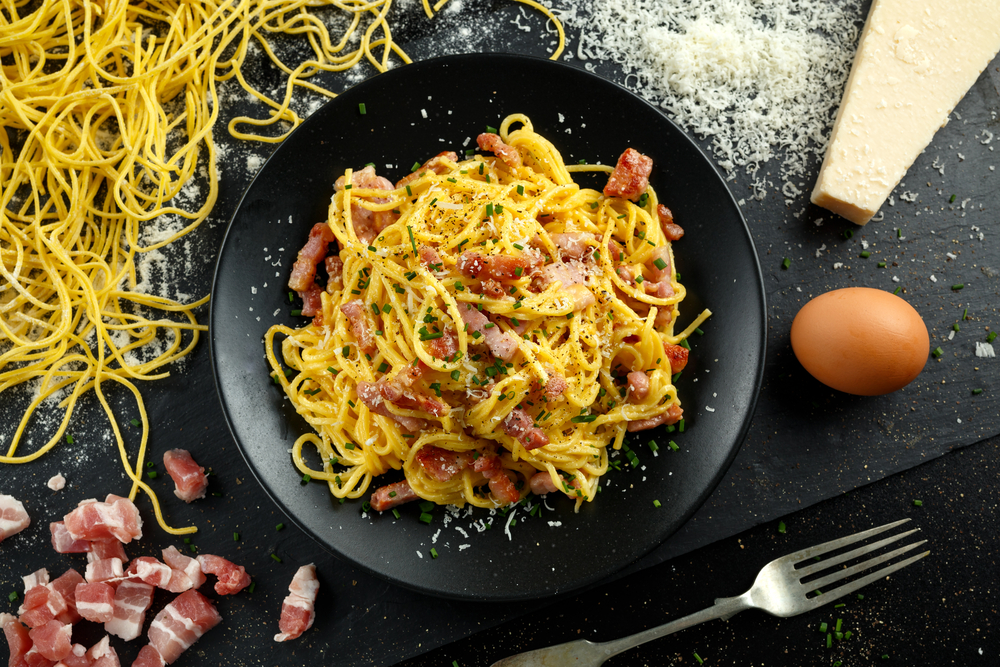As a cheese lover, I know how important it is to have a perfectly reheated cheese sauce. Whether you’re using it for dipping, pouring over pasta, or as a topping for your favorite dish, reheating cheese sauce can be a tricky task.
But fear not, with a few simple steps, you can have your leftover cheese sauce tasting just as delicious as it did the first time.
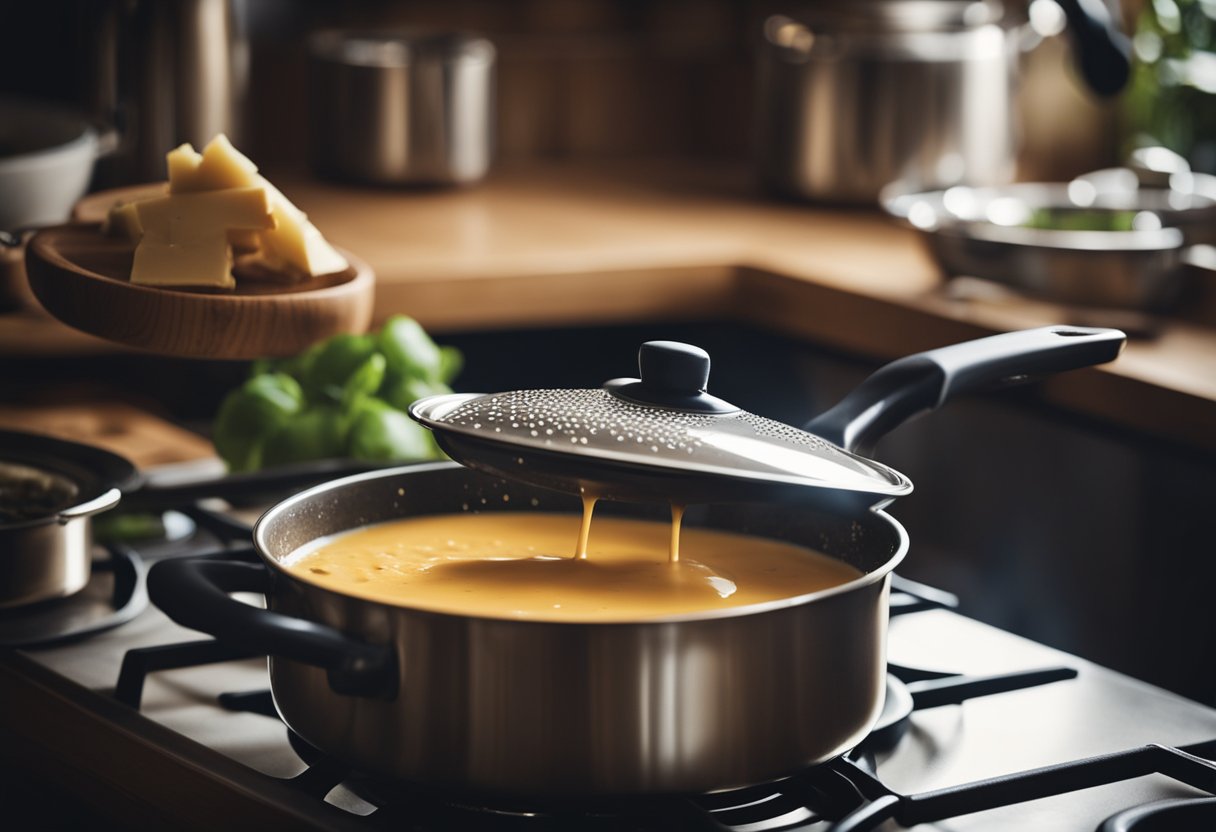
Before we dive into the reheating techniques, it’s important to understand cheese sauce. Cheese sauce is a delicate mixture of cheese, milk, and butter that can easily break or become grainy if not reheated properly.
That’s why it’s crucial to use the right techniques and tools to ensure the sauce maintains its quality and consistency.
In this article, I will guide you through the preparation for reheating, reheating techniques, and maintaining quality and consistency.
I will also provide some serving and pairing suggestions and answer some frequently asked questions about reheating cheese sauce. So let’s get started!
Key Takeaways
- Understand the delicate nature of cheese sauce and why it needs to be reheated properly.
- Use a double boiler or microwave to reheat cheese sauce.
- Add milk or cream to adjust the consistency and prevent the sauce from breaking.
Understanding Cheese Sauce
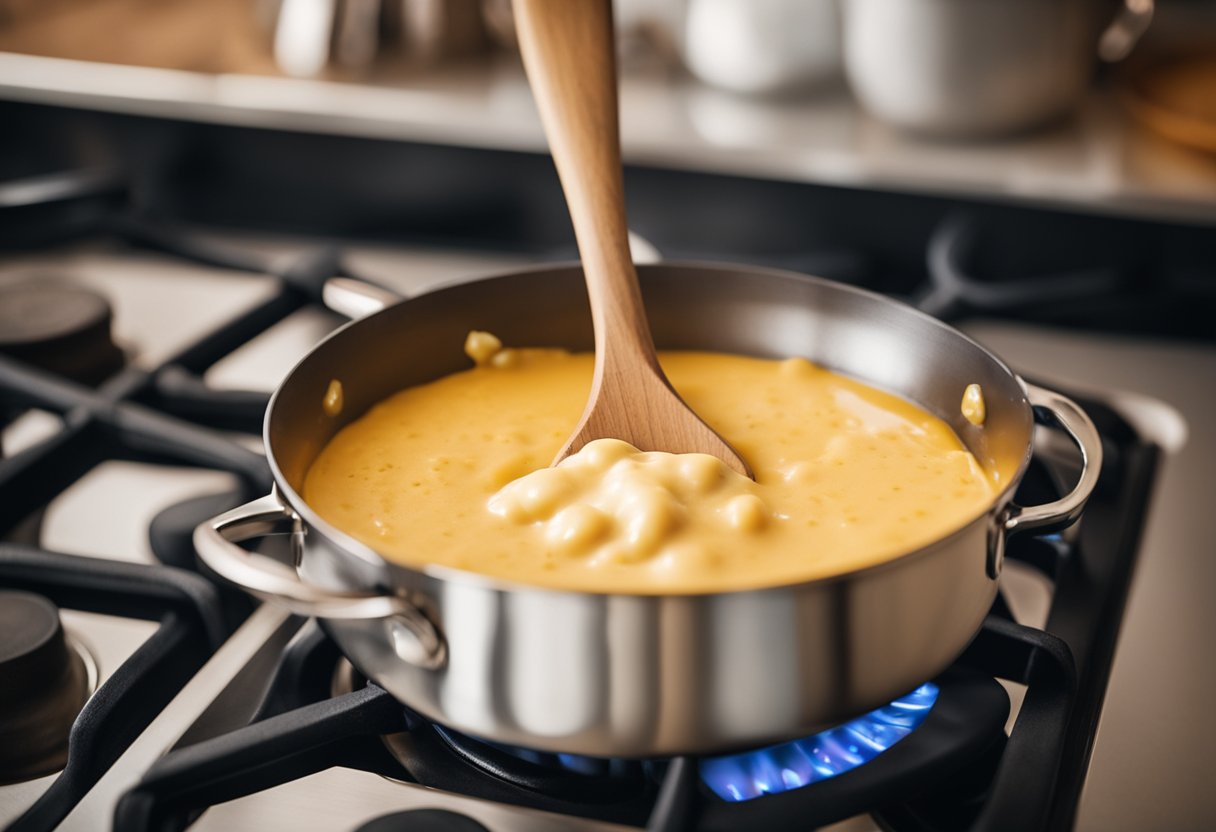
As a food lover, I can’t resist the creamy, cheesy goodness of a well-made cheese sauce. Whether you’re using it to top pasta, nachos, or vegetables, cheese sauce is a versatile and delicious addition to any meal.
However, reheating cheese sauce can be tricky. In this section, I’ll share some tips and tricks for understanding cheese sauce and reheating it to perfection.
Ingredients and Flavor Profiles
Cheese sauce is typically made from a combination of milk or cream, cheese, butter, flour, and seasonings like salt and pepper.
The type of cheese you use can greatly affect the flavor profile of your sauce. For example, cheddar cheese will give your sauce a sharp, tangy flavor, while gouda cheese will add a nutty, smoky flavor.
When reheating cheese sauce, it’s important to keep in mind that the fat in the cheese can cause the sauce to separate or become grainy.
To prevent this, it’s best to reheat cheese sauce slowly over low heat, stirring constantly. Adding a splash of milk or cream can also help to keep the sauce smooth and creamy.
Storage and Shelf Life
Cheese sauce should be stored in an airtight container in the refrigerator. Proper storage can help to prevent the growth of bacteria and spoilage.
Cheese sauce will typically last for 3-5 days in the refrigerator, but it’s best to use your own judgement and discard any sauce that looks or smells off.
When reheating cheese sauce, it’s important to ensure that it’s heated to the proper temperature to kill any bacteria that may have grown. You should reheat your sauce to an internal temperature of 165°F (74°C) before consuming.
Overall, cheese sauce can be a delicious and versatile addition to any meal. By understanding the ingredients and flavor profiles of cheese sauce, as well as proper storage and reheating techniques, you can enjoy this tasty treat again and again.
Preparation for Reheating
As a cheese sauce lover, I understand the importance of reheating cheese sauce properly to maintain its texture and smooth consistency. To ensure that the reheated cheese sauce is as delicious as the first time, I follow a few simple steps.
Gathering Necessary Tools
Before reheating cheese sauce, I gather the necessary tools to make the process smooth and easy. The tools I use include a heatproof bowl, a spoon, and a whisk.
If you have a double boiler, that would be the best tool to use. However, if you do not have one, a heatproof bowl over a pot of simmering water can work just as well.
Pre-Reheating Considerations
When reheating cheese sauce, it is important to consider a few things to maintain its texture and consistency. First, I make sure to reheat the sauce on low heat and stir it constantly. This ensures that the cheese sauce does not burn or become lumpy.
Second, I do not add too much liquid at once. Instead, I add a small amount of milk or cream bit by bit while continuously whisking until I reach the desired consistency.
This helps the cheese sauce to maintain its thickness and creaminess. Finally, I have patience. Reheating cheese sauce takes time, and rushing the process can result in a less than desirable outcome.
Overall, preparing for reheating cheese sauce is simple and straightforward. By gathering the necessary tools and considering a few key factors, you can ensure that your reheated cheese sauce is just as delicious as the first time.
Reheating Techniques
When it comes to reheating cheese sauce, there are different methods you can use depending on the equipment you have available.
In this section, I will discuss three popular methods: the stovetop method, the microwave method, and the double boiler method.
Stovetop Method
The stovetop method is a simple way to reheat cheese sauce. To do this, you will need a saucepan and a stove.
Here are the steps:
- Place the cheese sauce in a saucepan.
- Heat the sauce over low to medium heat, stirring constantly to prevent overheating.
- Continue stirring until the sauce reaches the desired temperature and has a creamy texture.
- Remove from heat and serve.
Microwave Method
The microwave method is a quick way to reheat cheese sauce, but it requires a microwave-safe dish. Here are the steps:
- Place the cheese sauce in a microwave-safe dish.
- Microwave the sauce on high for 30 seconds.
- Remove the dish from the microwave and stir the sauce.
- Repeat steps 2 and 3 until the sauce reaches the desired temperature and has a creamy texture.
- Remove from the microwave and serve.
Double Boiler Method
The double boiler method is a gentle way to reheat cheese sauce without overheating or burning it. Here are the steps:
- Fill a saucepan with simmering water.
- Place the cheese sauce in the top of a double boiler.
- Place the double boiler on top of the saucepan.
- Heat the cheese sauce over low to medium heat, stirring constantly to prevent overheating.
- Continue stirring until the sauce reaches the desired temperature and has a creamy texture.
- Remove from heat and serve.
Each of these methods can be effective for reheating cheese sauce, but it’s important to be careful and avoid overheating. Whichever method you choose, make sure to stir the sauce frequently to ensure even heating and a smooth texture.
Maintaining Quality and Consistency
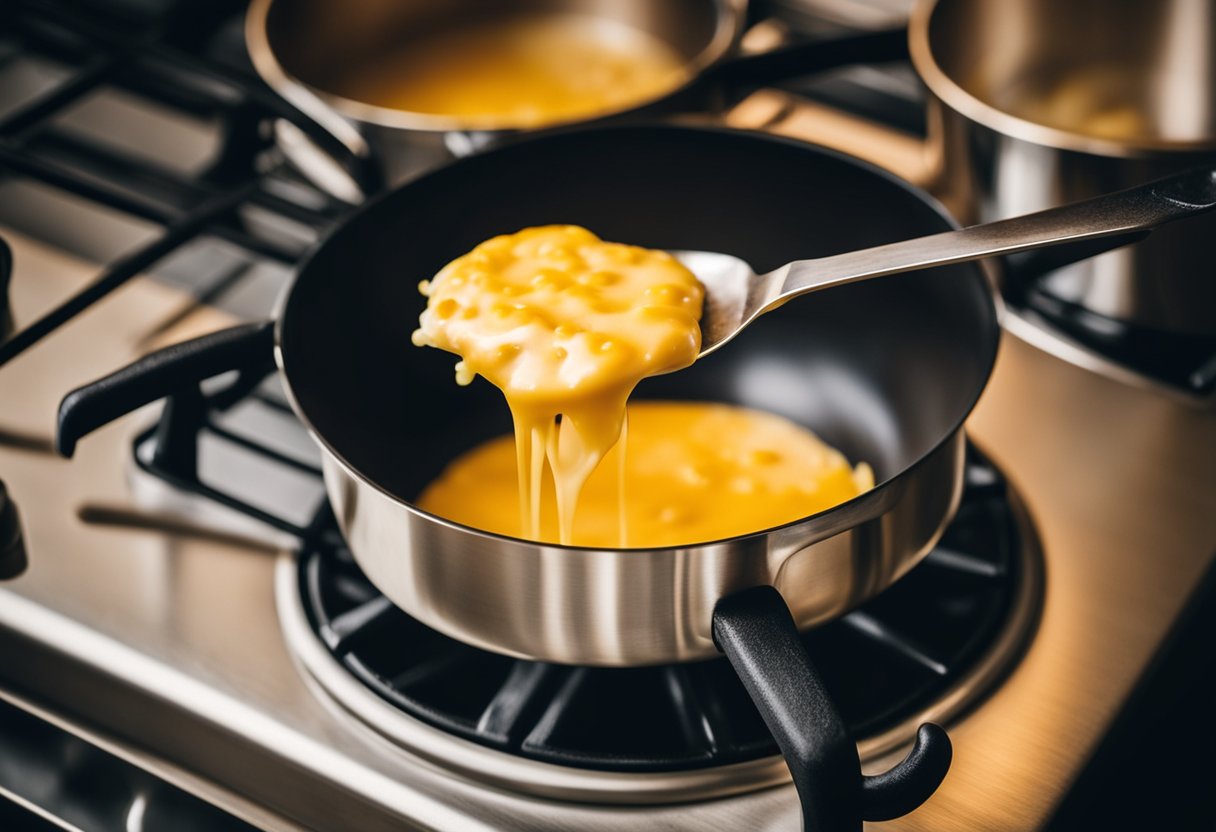
As someone who has reheated cheese sauce many times, I have learned a few tricks to maintain its quality and consistency.
Here are some tips to help you avoid common mistakes and adjust the consistency of your cheese sauce.
Avoiding Common Mistakes
One of the most common mistakes when reheating cheese sauce is using high heat. This can cause the sauce to separate and become grainy.
To avoid this, I recommend reheating your cheese sauce on low heat. This will allow the fats in the cheese to melt slowly and evenly, resulting in a smooth and creamy texture.
Another mistake is not stirring the cheese sauce enough. It’s important to stir the sauce constantly while reheating to prevent it from sticking to the bottom of the skillet or becoming too thick. Use a spoon or whisk to stir the sauce until it’s smooth and heated through.
Adjusting Consistency
If your cheese sauce is too thick or grainy after reheating, you can adjust the consistency by adding a little milk, cream, or butter.
Start with a small amount and stir it into the sauce until it reaches the desired consistency. Be careful not to add too much liquid, as this can cause the sauce to become too thin.
If your cheese sauce has separated during reheating, try adding a splash of milk or cream and stirring it vigorously. This should help to bring the sauce back together and create a smooth texture.
By following these tips, you can maintain the quality and consistency of your cheese sauce when reheating. Remember to use low heat, stir the sauce constantly, and adjust the consistency as needed to achieve the perfect texture.
Serving and Pairing Suggestions
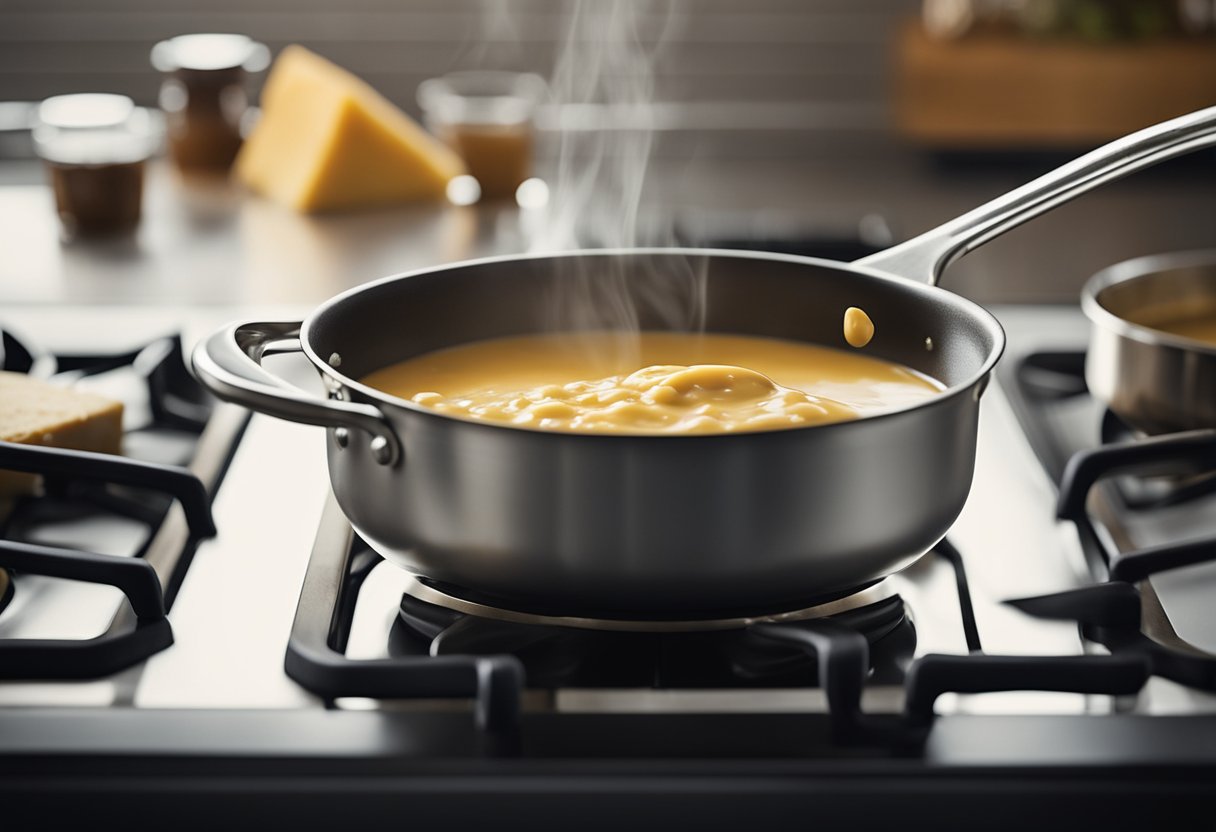
Complementary Foods
When it comes to serving cheese sauce, there are plenty of complementary foods that can enhance its delicious taste.
Here are some ideas to get you started:
- Pasta: Cheese sauce is a classic pairing for pasta dishes such as mac and cheese, lasagna, and more. Cooked pasta can be mixed with the sauce or served on the side.
- Vegetables: Cheese sauce can be a great way to get picky eaters to eat their veggies. Try dipping broccoli or cauliflower into the sauce for a tasty snack.
- Meat: Cheese sauce can be a delicious addition to meat dishes. Try pouring it over chicken or beef for a tasty twist.
- Nachos: Cheese sauce is a must-have for any nacho dish. Pour it over chips and add your favorite toppings for a tasty snack.
- Sandwiches: Cheese sauce can be a great addition to sandwiches. Try spreading it on bread and adding your favorite toppings for a delicious twist.
Creative Uses for Leftovers
If you have leftover cheese sauce, don’t let it go to waste! Here are some creative ways to use it up:
- Pretzels: Dip pretzels into leftover cheese sauce for a tasty snack.
- Hot sauce: Mix leftover cheese sauce with hot sauce for a spicy dip.
- Onion: Add sautéed onions to leftover cheese sauce for a delicious twist.
- Bacon: Crumble bacon and mix it into leftover cheese sauce for a tasty dip.
- Soft cheese: Mix leftover cheese sauce with soft cheese such as mozzarella or emmental for a delicious twist.
- Variations: Experiment with different cheeses such as parmesan or gruyere to create your own unique cheese sauce.
Overall, homemade cheese sauce is a versatile condiment that can be paired with a variety of foods. Whether you’re serving it with pasta, vegetables, or meat, or using it up in creative ways, cheese sauce is sure to add a delicious twist to any dish.
Frequently Asked Questions
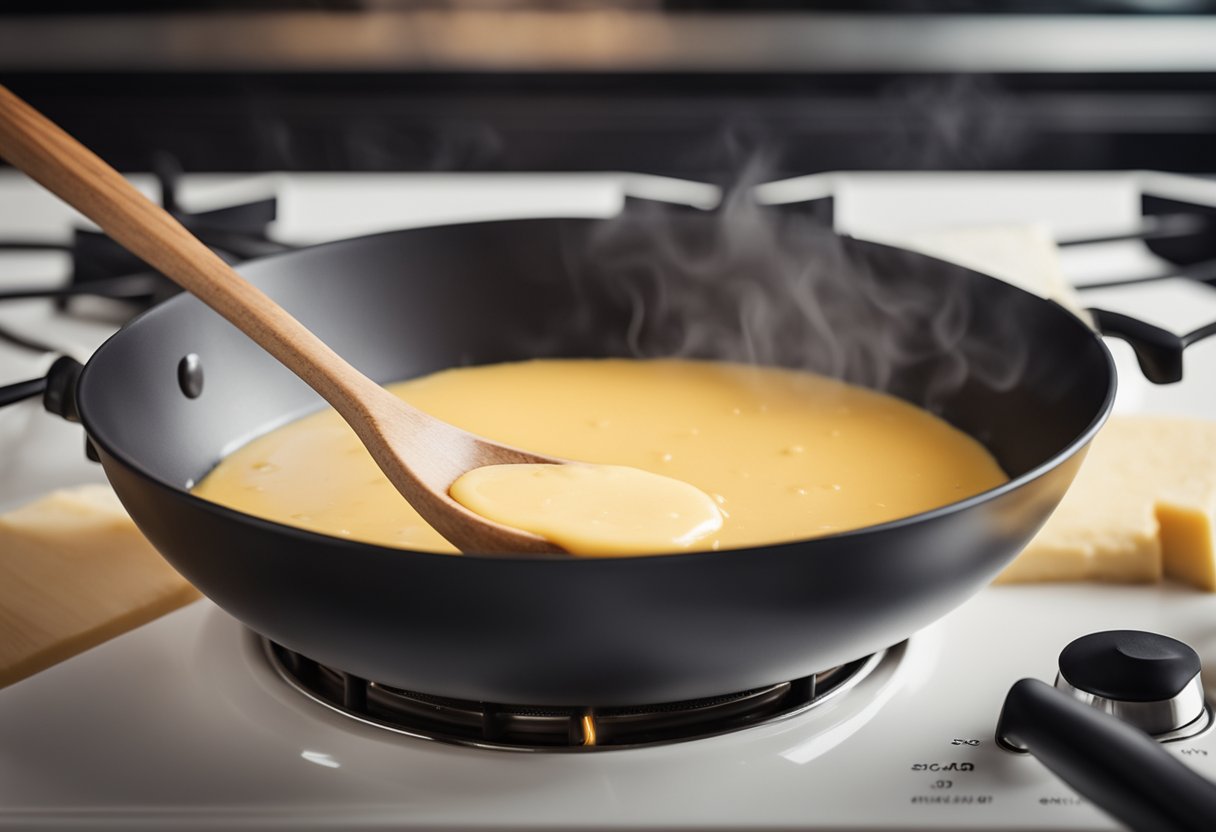
What is the best method to reheat queso dip in a jar?
The best way to reheat queso dip in a jar is by using a double boiler. Fill a pot with water and place it on the stove, then place the jar of queso dip into a heat-resistant bowl and put the bowl on top of the pot.
Heat the water until it is hot, but not boiling, and stir the queso dip occasionally until it is heated through.
Can you safely reheat a cheese sauce in a crock-pot, and if so, how?
Yes, you can reheat cheese sauce in a crock-pot. Place the cheese sauce in the crock-pot and set it to low heat. Stir the sauce occasionally until it is heated through. Make sure to keep the lid on the crock-pot to prevent the sauce from drying out.
Is it possible to reheat a cheese sauce in the microwave without separating?
Yes, it is possible to reheat a cheese sauce in the microwave without separating. Place the cheese sauce in a microwave-safe container and heat it on low power for 30 seconds at a time, stirring after each interval.
Add a splash of milk or cream to the sauce to help maintain its texture and prevent it from drying out.
Can cheese sauce be frozen and reheated at a later time?
Yes, cheese sauce can be frozen and reheated at a later time. To freeze cheese sauce, let it cool to room temperature, then transfer it to an airtight container and freeze for up to 3 months.
To reheat, thaw the cheese sauce in the refrigerator overnight, then reheat using your preferred method.
How should cream cheese-based sauces be reheated to maintain their texture?
To maintain the texture of cream cheese-based sauces when reheating, use a double boiler. Place the sauce in a heat-resistant bowl and place the bowl on top of a pot of simmering water.
Stir the sauce occasionally until it is heated through. Avoid using high heat or the microwave, as this can cause the cream cheese to separate and become grainy.
What are the steps to reheat mac and cheese sauce to keep it creamy?
To keep mac and cheese sauce creamy when reheating, add a splash of milk or cream to the sauce before reheating. Place the mac and cheese in a microwave-safe dish and heat on low power for 30 seconds at a time, stirring after each interval.
Alternatively, use a double boiler to reheat the mac and cheese sauce, stirring occasionally until it is heated through.


